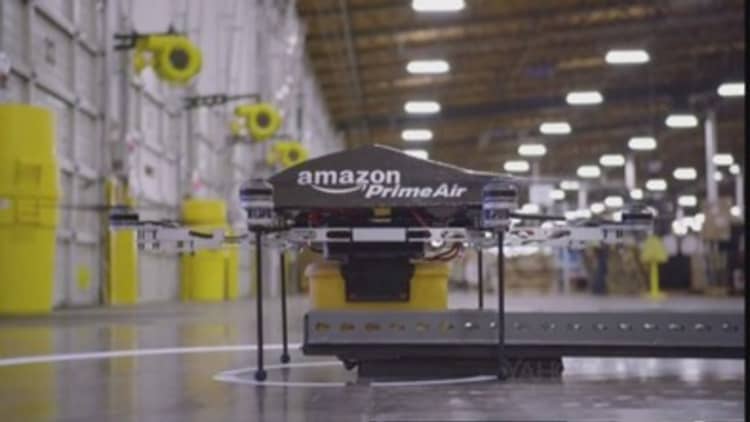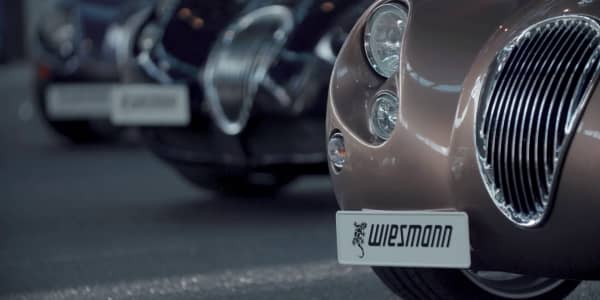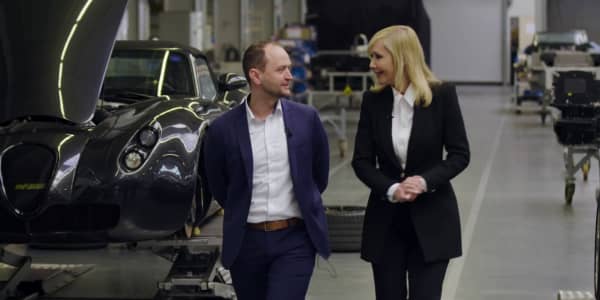Amazon has been awarded a patent which lays out detailed plans about its drone delivery program including how the unmanned aircraft would communicate with each other and navigate the best route on their own – including following a customer to make sure they get their delivery.
The U.S. e-commerce giant has been testing drone flights but up until now, there has been little clear information about how the system could work in practice.
But Amazon's U.S. Patent and Trademark Office (USPTO) filing, which it won last week, reveals how it is not simply a case of a drone picking up a parcel then dropping it off.
Unmanned aerial vehicles (UAV) or drones, would collect a package from a "handling facility". It would then fly to the destination. But during this journey, it would communicate with other UAVs in the area to "obtain information used in route planning", the patent said.
"The UAV may constantly monitor for humans or other animals that may be in the path or planned path of the UAV and modify the navigation of the UAV to avoid those humans or other animals."
When the drone reaches the delivery point, it will drop of the item in an area where it can "safely approach the ground, or another surface", meaning it could deliver the parcel on a table or even a chair.
The USPTO filing also said that the appropriate UAV will be selected depending on the shape and weight of the product as well as the delivery location suggesting that Amazon is planning to deploy different types and sizes of drones.
And the user's delivery location could be determined either by inputting a fixed location such as a home address or be based on the GPS location of their mobile device. If a drone package is set to be delivered in 30 minutes and a person walks over to their friend's house or to the office in that time, the flying machine could re-route and drop the item there.

The delivery however may not be totally autonomous and could be done "through assistance of a remote entity controller". But if the drone had previously landed at a location, it could do so again by itself by storing the delivery co-ordinates.
A safe landing zone could be determined using a flight sensor, radar, sonar, camera, infrared sensor or "other input component that is capable of determining the landing area", the patent said.
Of course, winning a patent does not necessarily mean that Amazon's drone delivery plan will play out as the company has described. And the e-commerce titan also faces regulatory hurdles across the world before their ambitions can become reality.
Earlier this year, the Federal Aviation Administration (FAA) said that operators of commercial unmanned aircraft would need to see the drone with "unaided vision", which would contradict Amazon's drone plans. However, a report in the Wall Street Journal suggested that the FAA may soften their stance and announce plans to study drone flights outside the line of vision on Wednesday.





